“We speak of mountains forming clouds about their tops, [but in fact] the clouds have formed the mountains. Lift a district of granite, or marble, into their region, and they gather about it, and hurl their storms against it, beating the rocks into sands, and then they carry them out into the sea, carving out cañons, gulches and valleys, and leaving plateaus and mountains embossed on the surface.” – John Wesley Powell, 1875
This portfolio of black and white images focuses on landscapes that have been shaped by the primary forces of erosion: wind and water. Perhaps paradoxically, these powerful forces can been seen the most clearly in the arid southwestern United States, where there is plenty of wind, but water is scarce. Rather than rain often, water arrives in the desert in fits and starts, thus having powerful effects as it shapes the landscape. Many of the images you see below focus on these erosive forces by highlighting the grand landscape; others show the intimate aspects of place.
In 2015, my black and white photography was featured in an article by the Spanish-language photography blog, El Paisaje Perfecto; you can read the article here.
Click any of the thumbnails to see a larger image, and an accompanying description.
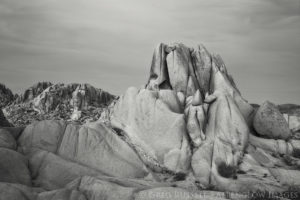 |
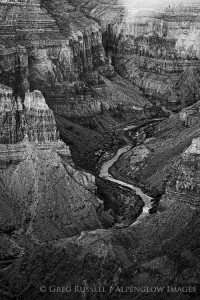 |
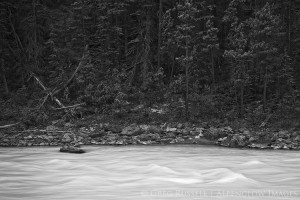 |
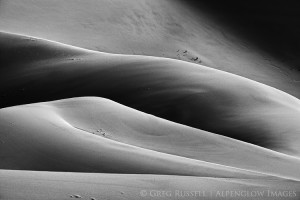 |
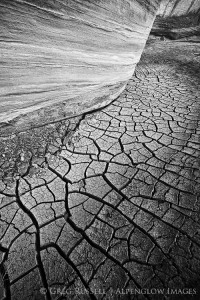 |
 |
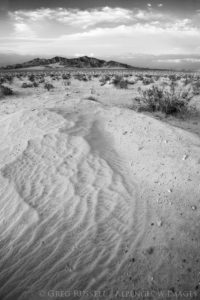 |
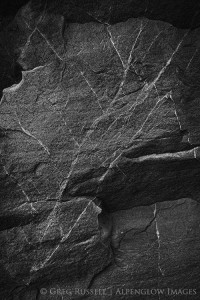 |
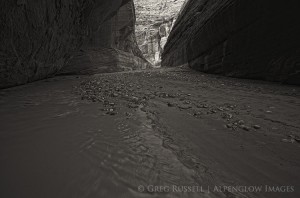 |
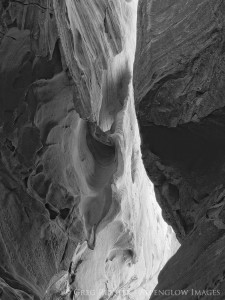 |
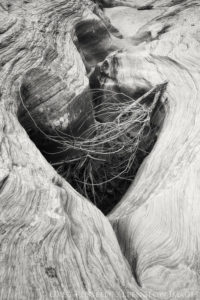 |
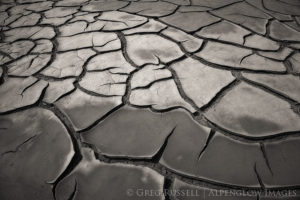 |
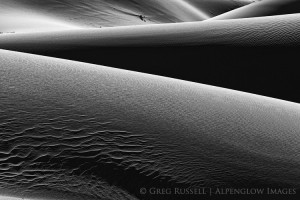 |
 |
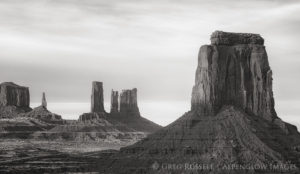 |